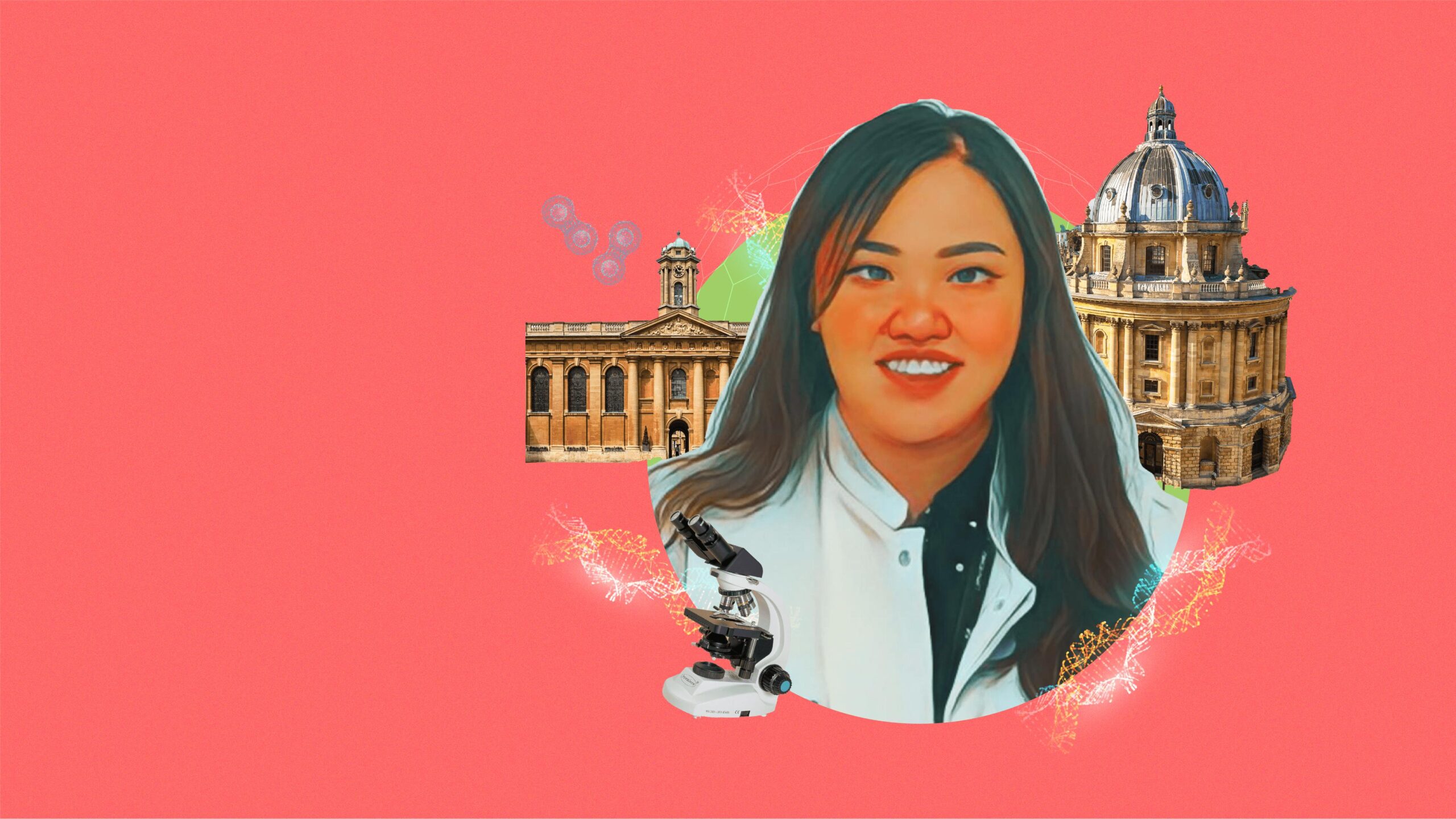Heard about blood donation? We are undoubtedly familiar with fellow humans donating blood. Do you know that there is an animal that donates its blood to humankind? There is another interesting fact about their blood – it is not red but blue.
This noble animal is the horseshoe crab; its blood is one of the most expensive natural products. It sells at USD60,000 per gallon, which is RM240,000 per 3.8 litres, equivalent to slightly less than two big Coke bottles. What a whopping price!
The exorbitant price is not due to its bright blue hue caused by the hemocyanin in the blood. Hemocyanin is a protein at the centre of this protein is copper (Cu), which gives it a blue colour. The protein in our blood is haemoglobin with iron at its centre, and iron gives the red colour.
While the colour is unique, horseshoe crab’s blood contains a clotting agent used to make a concoction called Limulus Amebocyte Lysate or LAL. This component is the priced compound. Let us look at its significance to humankind, especially in the pharmaceutical industry.
All drugs, vaccines and medical tools must be tested to check if they are contaminated with bacteria like E. coli or Salmonella before they are used. Any contamination can be harmful to the patients and, in some cases, even fatal. Drugs are tested not only when newly discovered, but every new batch must be tested after manufacturing. Some Gram-negative bacteria are responsible for 80% of life-threatening sepsis cases in humans. Sepsis is our body’s extreme reaction to infection, and it can lead to tissue damage, organ failure and death.
Before discovering LAL, scientists tested drugs by injecting them into many rabbits to see if they develop disease symptoms. This process takes a lot of time as scientists must wait until symptoms appear in test animals. Using animals also comes with other issues – animal ethics, hygiene and the need to breed clean and healthy animals.
When LAL was approved in 1970, animal testing for this purpose stopped. All scientists now drop a tiny bit of LAL onto the drug or medical device, and LAL will coagulate the contaminating bacteria into a jelly cocoon. The positive result shows that the drug or tools are contaminated. LAL is extremely sensitive to the liposaccharide toxins produced by Gram-negative bacteria. It is the horseshoe crab’s defence mechanism. When their immune cells meet invading bacteria, they clot around it, protecting the rest of the horseshoe crab’s body. Scientists cleverly used this mechanism in drug development.
The medical industry in the USA alone catches around 600,000 horseshoe crabs every year and drains 30% of their blood before letting them into the sea again. Up to 30% of the crabs do not live through the process, and while the survivors are returned to the water, no one knows if they recover and survive.
Initiatives are taken to conserve this important species. Horseshoe crabs are older than dinosaurs and have been around for 450 million years. They even survived the ice age. They are important for our planet as their eggs are food for migrating birds. Their hard shells host many species like sponges, mud crabs, mussels and snails. The medical industry alone is not a threat to horseshoe crabs. It is also commonly used as bait for fishing, harmed by pollution, rising sea levels, and construction, and they also get stranded upside down when they come to the beach to mate.
Scientists have initiatives to find an alternative to LAL. In Singapore, scientists genetically engineer a synthetic compound by cloning a molecule in the crab blood. The genetically engineered protein is called Recombinant factor C, or rFC. Several countries are approving rFC, and many COVID-19 vaccines were tested using this synthetic protein.
We saved the rabbits from being used as test animals and hope science can do the same for horseshoe crabs through modern biotechnology. We need synthetic compounds that can be used to test contaminating bacteria.





